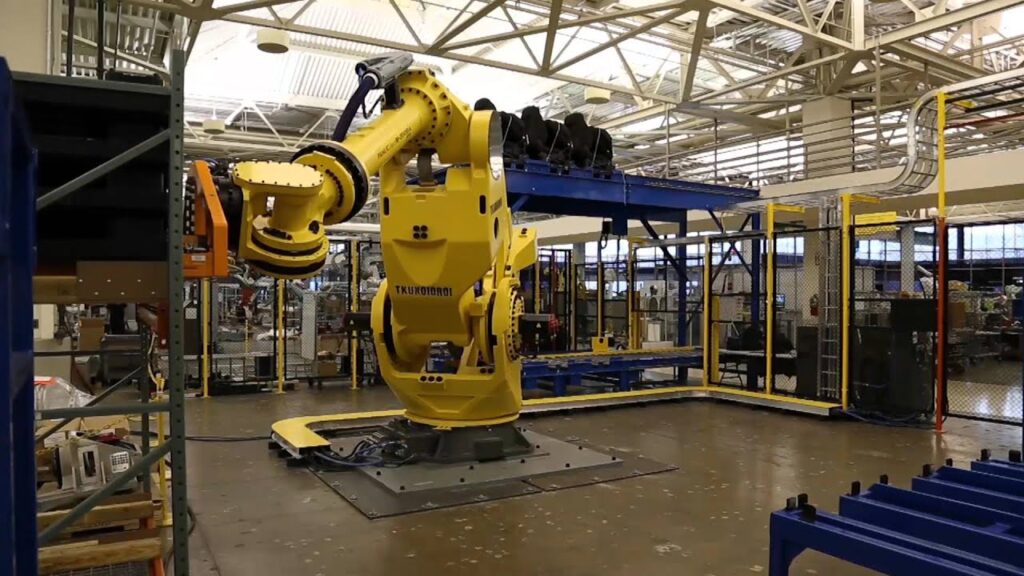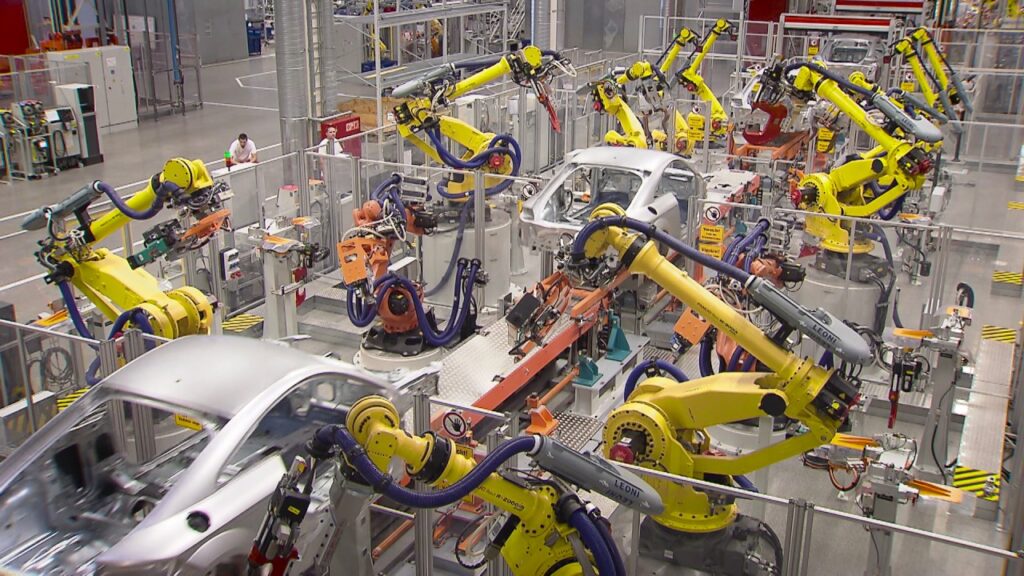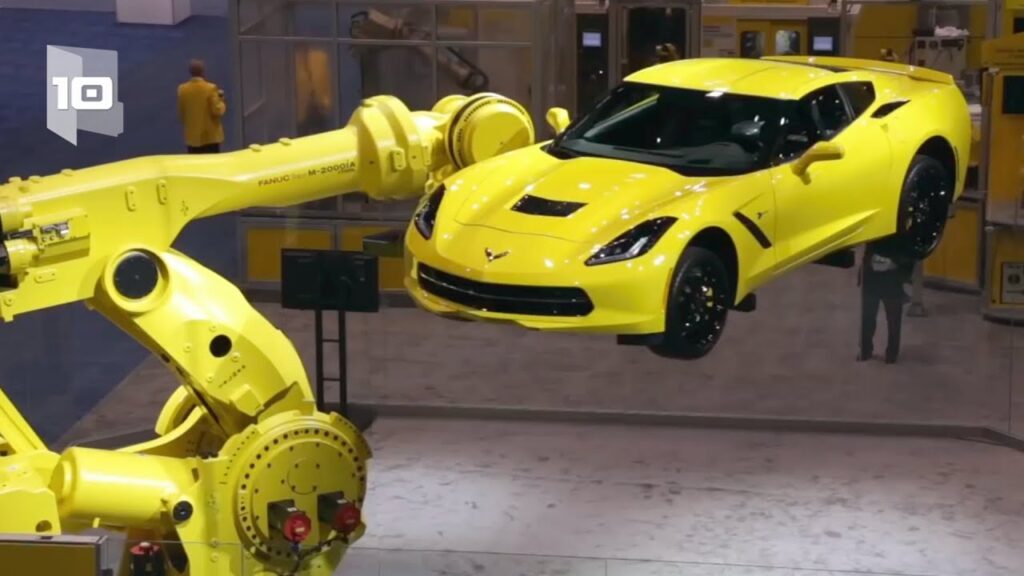Industrial Robots in Manufacturing: Revolutionizing the Automotive Transfer Process
Robotic technology has revolutionized various industries, and the automotive sector is no exception. With the constant need for increased productivity, efficiency, and precision, automotive manufacturers have turned to industrial robots to streamline their production processes. These advanced machines have proven to be the strongest of their kind in the field of automotive transfer, offering a multitude of benefits that propel the industry forward. In this article, we delve into the world of industrial robots and explore how they have transformed the automotive transfer process.
Industrial robots are specifically designed to handle heavy-duty tasks in manufacturing settings, and their applications in the automotive sector are extensive. These remarkable machines are capable of performing diverse tasks, including part transfer, assembly, welding, painting, and even complex inspections. Their versatility and precision make them invaluable assets to automotive manufacturers seeking to optimize their production lines.
One notable example of Industrial Robots in Manufacturing is the Heavy Duty Robotic Truck Unload System. This system is specifically designed to offload large automotive modules, streamlining the transfer process between trucks and assembly lines. Traditionally, unloading heavy modules from trucks has been a labor-intensive and time-consuming task. However, with the introduction of this robust robotic system, the process has become highly efficient, cost-effective, and safer for workers.
The Heavy Duty Robotic Truck Unload System utilizes state-of-the-art robotics technology to handle the transfer of heavy modules seamlessly. Equipped with advanced sensors and precise control systems, these robots are capable of securely gripping and moving bulky automotive components. The automation of this process significantly reduces the risk of workplace injuries, as the heavy lifting is now performed entirely by the robots. Moreover, the system boasts exceptional speed and accuracy, resulting in increased productivity and reduced cycle times.
The integration of industrial robots in the automotive transfer process has numerous advantages. Firstly, these robots are tirelessly efficient, capable of carrying out repetitive tasks with unwavering precision. Unlike human workers, who may become fatigued or lose focus, industrial robots consistently deliver unparalleled levels of accuracy and quality. This ensures that each automotive module is meticulously transferred, reducing the likelihood of errors or defects.
Furthermore, the speed at which these robots operate is truly remarkable. Their quick and seamless movements allow for swift transfer of automotive components, significantly reducing production cycle times. This increased efficiency translates into improved productivity for automotive manufacturers. With minimal downtime and optimized workflow, companies can maximize their output and meet the demands of the market effectively.
Additionally, industrial robots enhance workplace safety by eliminating the need for human intervention in hazardous tasks such as heavy lifting. By taking over these physically demanding operations, these robots not only safeguard workers from potential injuries but also prevent production delays due to accidents. Moreover, the implementation of robotic systems in the automotive transfer process helps companies comply with stringent safety regulations, further bolstering their reputation for responsible manufacturing.
The impact of industrial robots on the automotive industry goes beyond improving efficiency and safety. These advanced machines contribute to sustainability efforts as they require less energy and produce fewer emissions compared to traditional transfer methods. By adopting robotic technology, automotive manufacturers can reduce their carbon footprints and contribute to a greener future.
In conclusion, the incorporation of industrial robots in the automotive transfer process has brought about a paradigm shift in the industry. These powerful machines, renowned for their strength and precision, have transformed the way automotive modules are transferred between trucks and assembly lines. With the advent of the Heavy Duty Robotic Truck Unload System, the sector has experienced increased efficiency, productivity, and workplace safety. The seamless integration of robotic technology into the automotive manufacturing process not only enhances performance but also contributes to sustainability efforts. As the automotive industry continues to evolve, the role of industrial robots will undoubtedly become even more essential, driving innovation and propelling the sector forward into a promising future.
Industrial Robot
"Efficient Unloading Solution for Automotive Modules and Industrial Robots: Heavy Duty Robotic Truck Unload System in Manufacturing"


